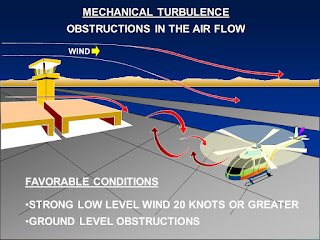1. Check list
mechanical turbulence
Eirik Mikal Samuelsen,
Steinar Skare, Rita Moi
Criteria for SEV TURB:
Ø SEV TURB is strong
mechanical turbulence and not covered by SEV MTW.
Ø Typical in
situations with unstable air masses and strong wind passing over terrain
Horizontal extension:
Ø Wind in 925/850 hPa
>= 60KT (SEV)
Ø WIND in 925/850 hPa
>= 40KT (MOD)
Ø Wind direction with
strong wind over hilly terrain
Vertical extension:
Ø Upper level: About
1,5 x mountain height, typical FL080/120
Ø Lower level: SFC
NB. The criteria are just a first guess, an
indication.
2. Check list CAT (not
mountain waves)
Ø Issued as SEV TURB
Ø Strong jet with
significant wind shear.
Criteria for horizontal
extension for SEV CAT:
Ø More than 60 m/s
(120KT) in the jet
AND
Ø Horizontal wind
shear of minimum 30 m/s pr. 100km (~60KT/latitude)
Ø Use quick menu CAT
Criteria for vertical
extension:
Ø Upper limit:
Tropopause in the warm air
Ø Lower limit:
Tropopause in the cold air
Ø Please also check
UK Met Office/Washington significant
weather charts for comparison/guidance
NB. The criteria are just a first guess, an indication.
Thresholds for MOD, MOD/SEV AND SEV CAT (first guess):
CAT
|
Horizontal wind shear
|
Wind speed in Jet maximum
|
MOD
|
> 20-25 m/s pr 100km
|
~ 80 - 100 knots
|
MOD/SEV
|
> 25-30 m/s pr 100 km
|
~ 100 - 120 knots
|
SEV
|
> 30 m/s pr 100 km
|
> 120 knots
|
Also
be aware of:
Ø The strongest turbulence we find at
the cold air side just above and just below the jet axis, meaning just close,
but to the left of the jet axis relative to the wind direction.
Ø In a wavy jet, we find the most
significant turbulence in the troughs, especially where we find the strongest
changes in wind direction.
Ø It is not the wind speed itself
which is responsible for the turbulence, but the wind shear.
Horizontal
wind shear is defined as follows:


Comments
Post a Comment